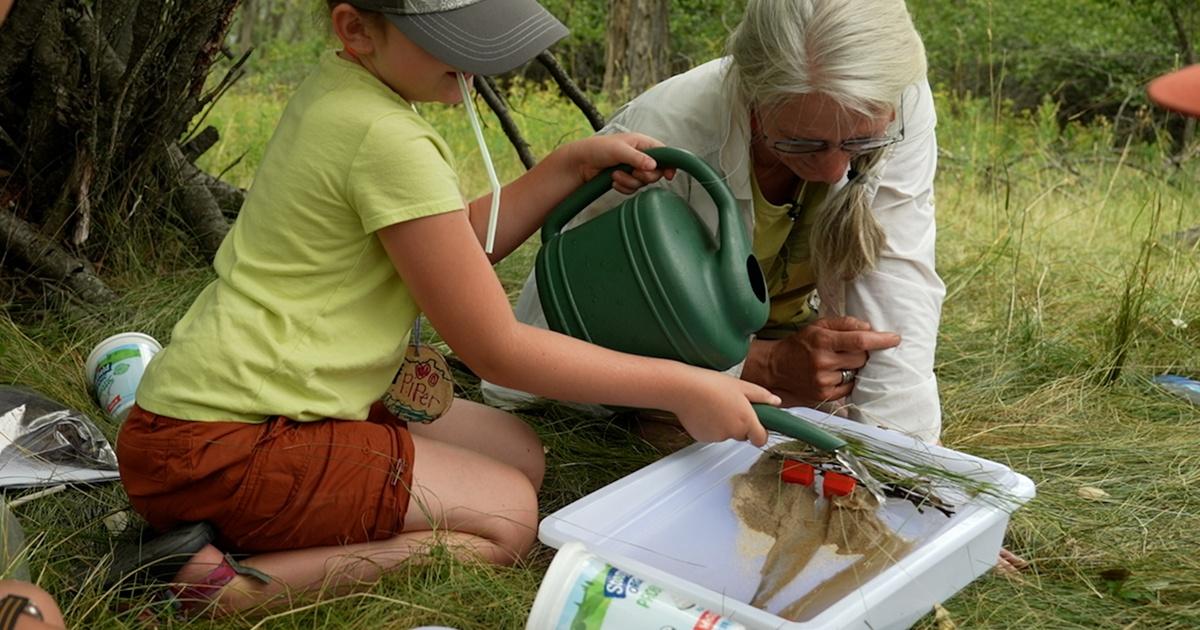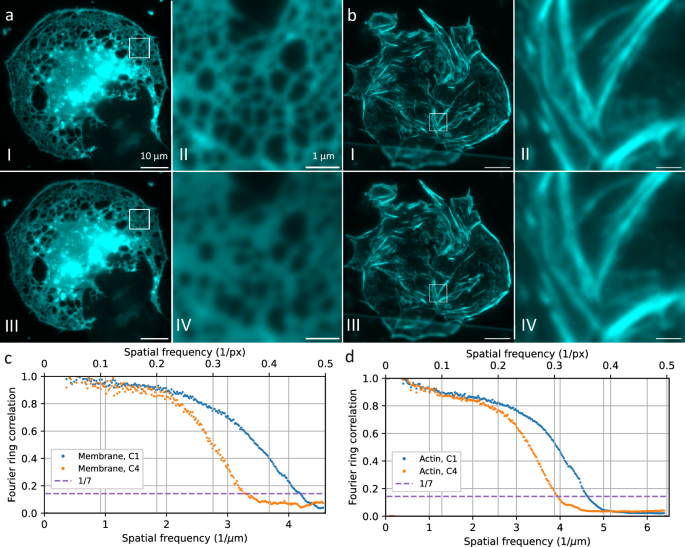
- Select a language for the TTS:
- UK English Female
- UK English Male
- US English Female
- US English Male
- Australian Female
- Australian Male
- Language selected: (auto detect) - EN
Play all audios:
North east India, a biodiversity hotspot, is known for its rich faunal diversity that includes hornbills, elephants and the one-horned rhinoceros. However, the region's vibrant
microbial diversity has remained largely obscure. A team of researchers from the North-Eastern Hill University in Shillong, Meghalaya have now developed a web-based microbe database that
details information about soil microbes in north east India. The database, called the North East India Microbial Database (NEMiD), currently has information on 229 bacteria and fungi
isolated from Arunachal Pradesh, Assam, Manipur, Meghalaya, Mizoram, Nagaland, Tripura, Sikkim and parts of North Bengal. The information on microbial diversity could be of value for
biotechnology and bio-prospection. The diversity patterns can also be used to monitor environmental changes including their links with climate change, the researchers say. The team collected
soil samples from over 140 sites across these states, isolated the soil microbes, analysed their biochemical characteristics and molecular markers, sequenced their 16S rRNA and mapped their
geographic distribution. Then they added all this data to NEMiD. In future, the team hopes to collect samples from unexplored territories such as agricultural fields, water bodies and very
high altitudes. Santa Ram Joshi, an associate professor at the University who led the project told _Nature India _ the database would expand significantly in days to come. It has been
designed to ensure data integrity and future expandability. Work on the database started way back in 2008 with funding from India's communications and information technology ministry.
Tarun Chandra Bora, a scientist at the North East Institute of Science and Technology in Jorhat, Assam, says the database focuses on the microbes of the north east gene pool. "The
functional diversity of the strains would be very useful for research in industrial and pharmaceutical sectors as also in public health utilities."








